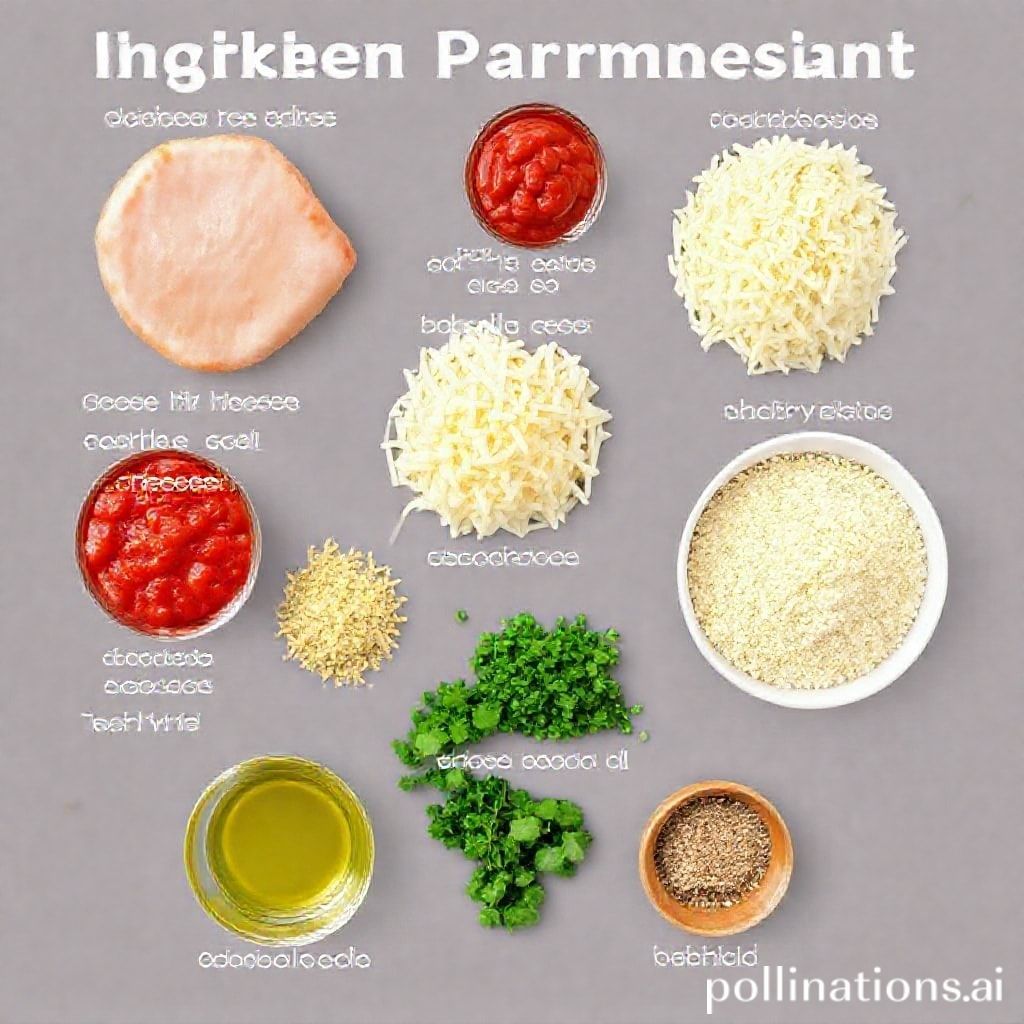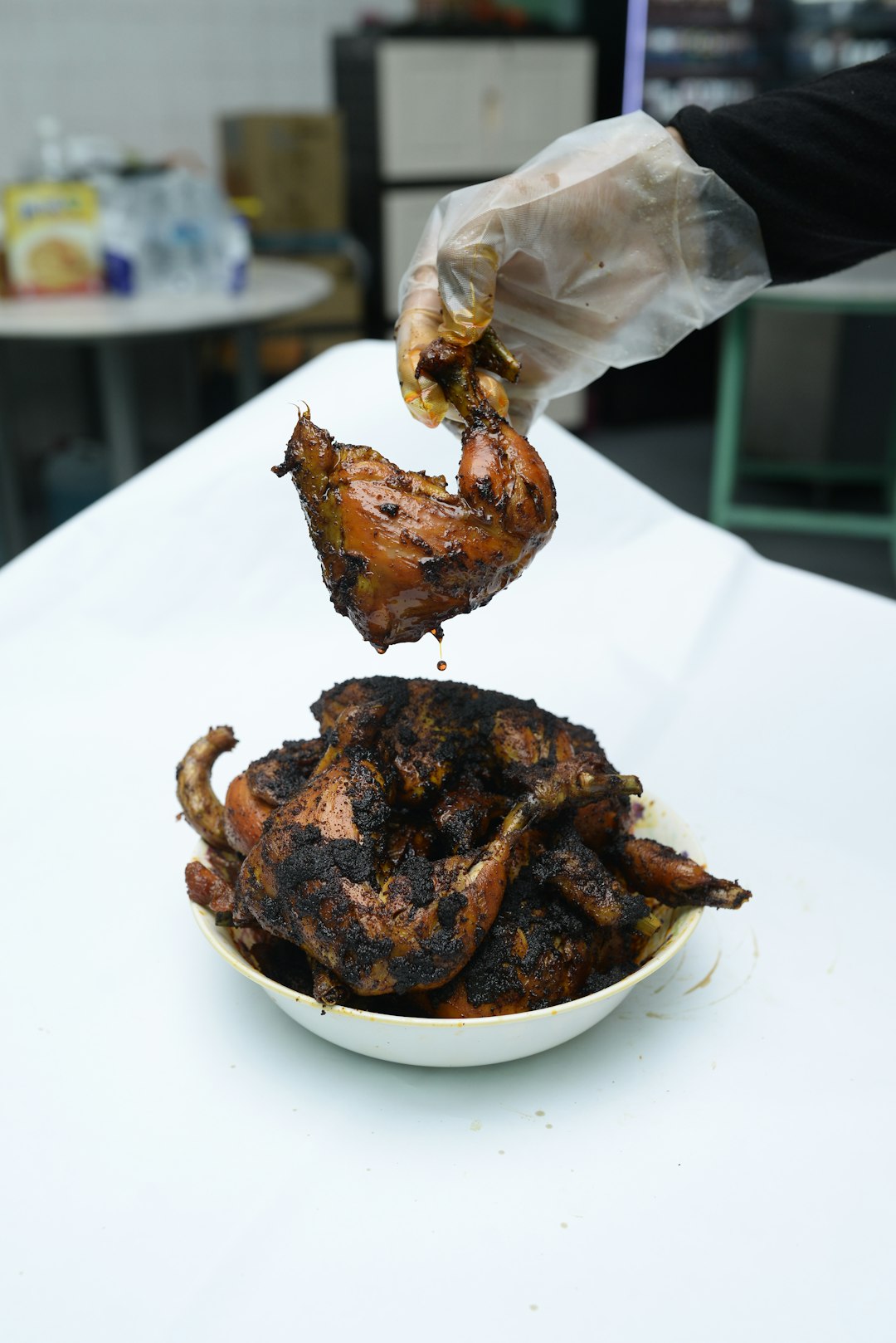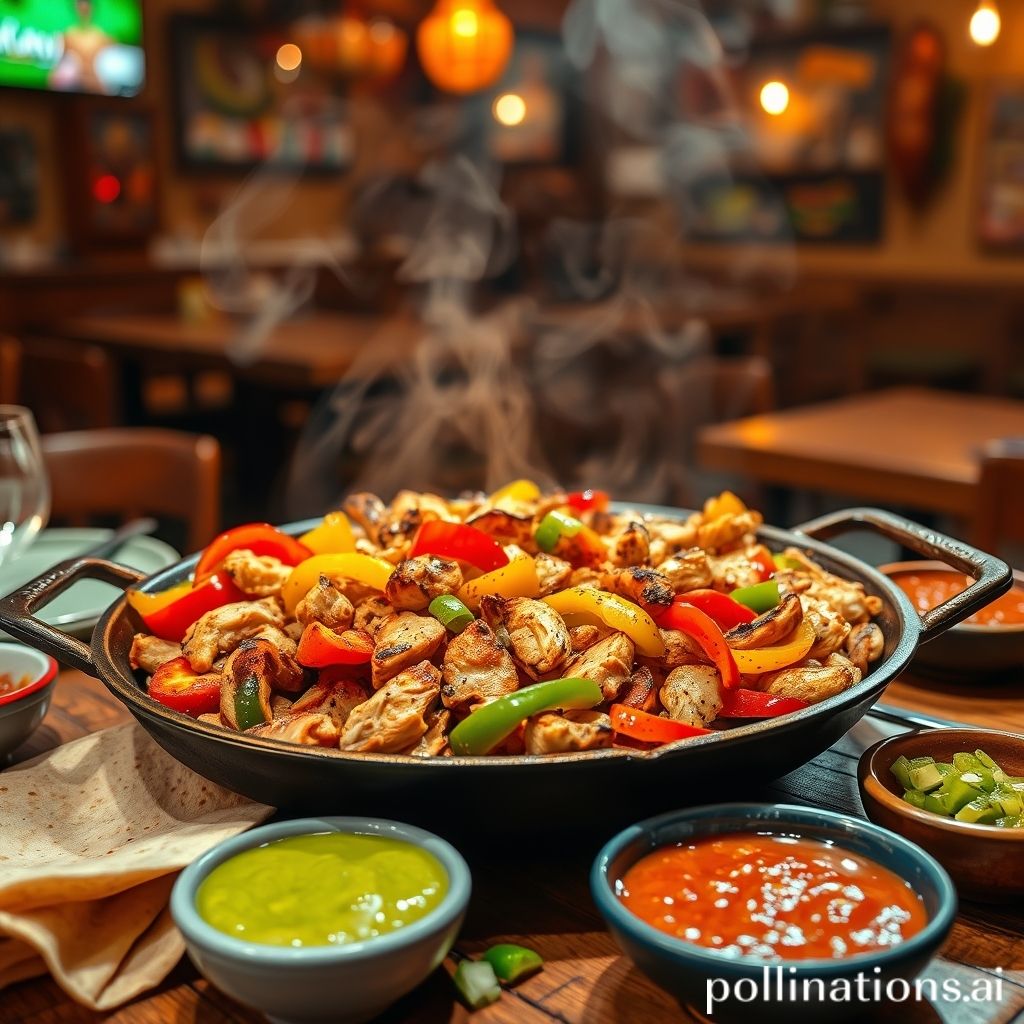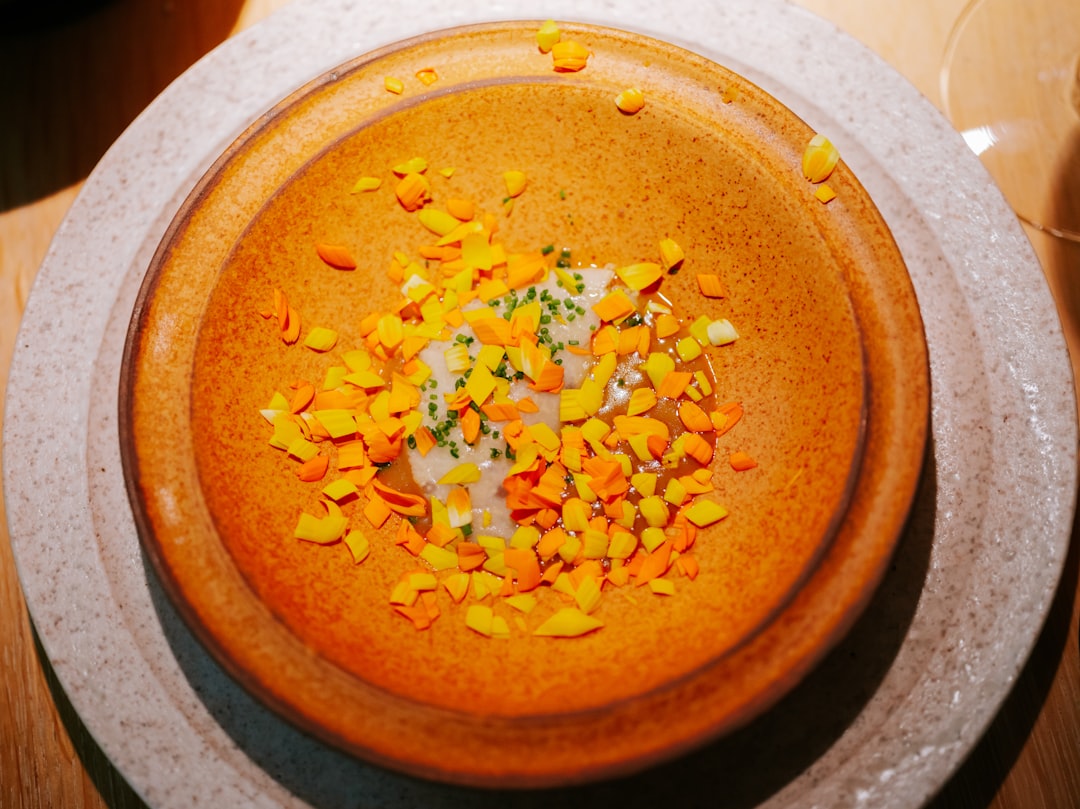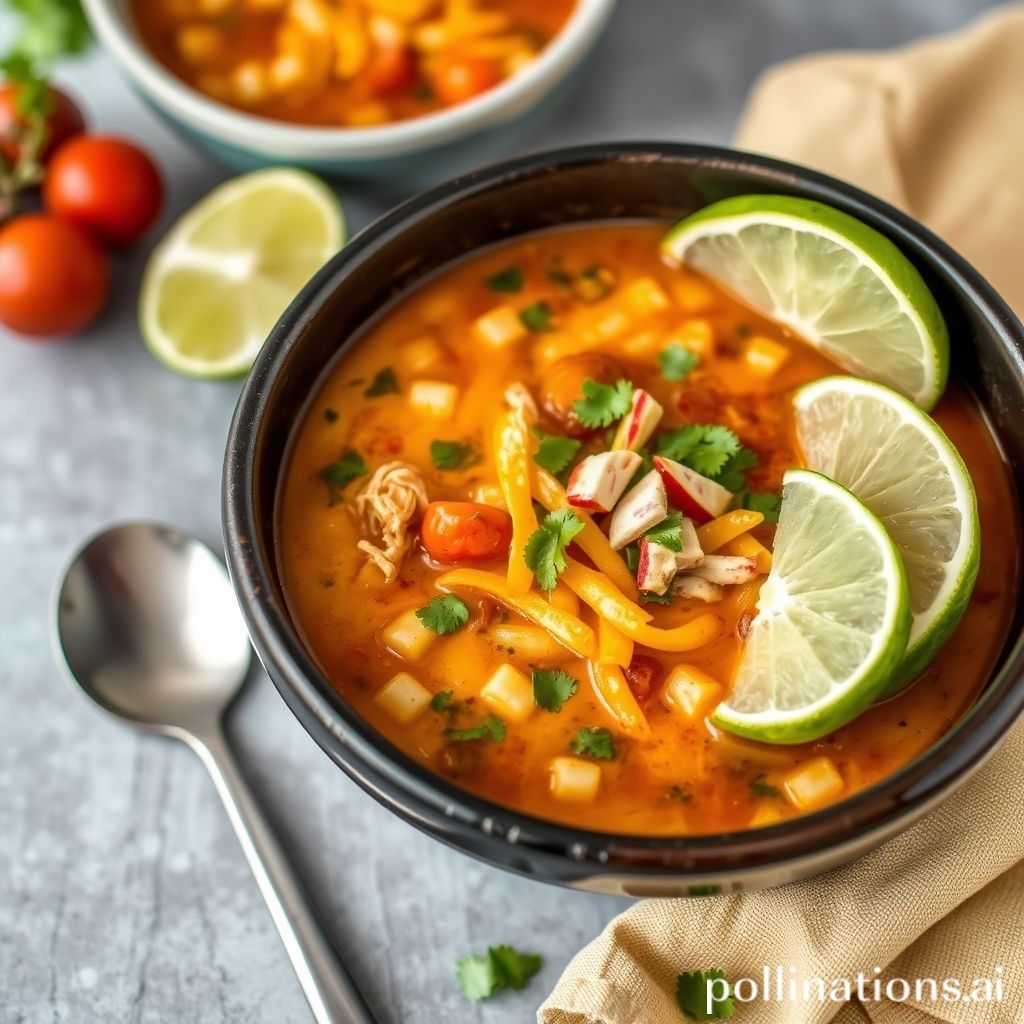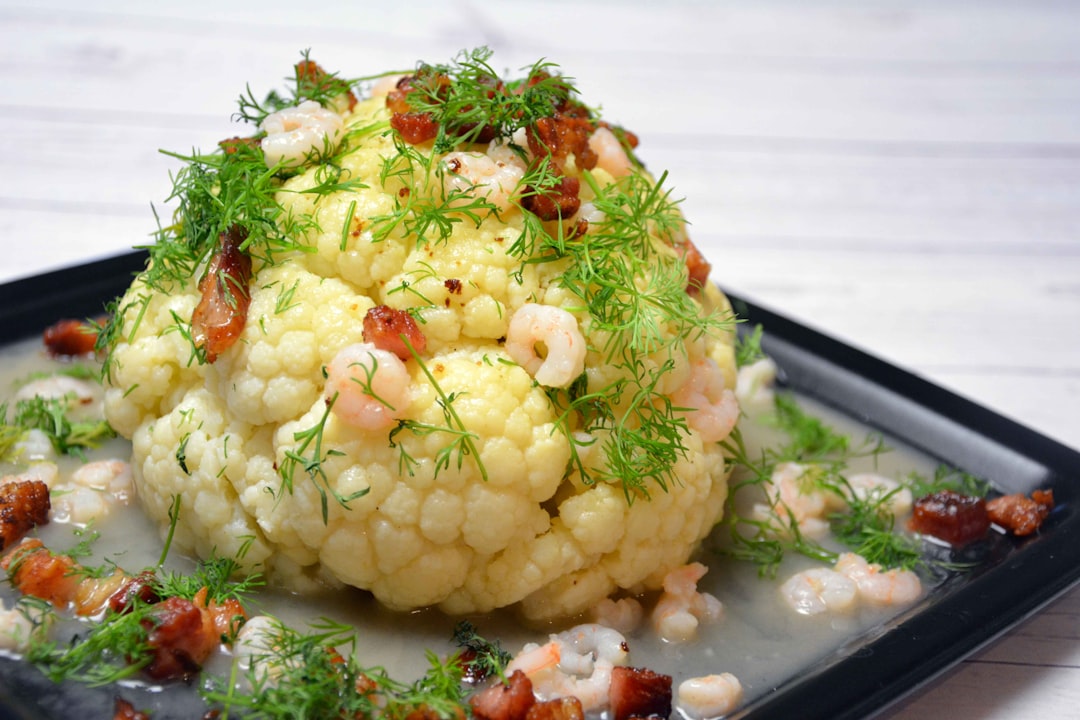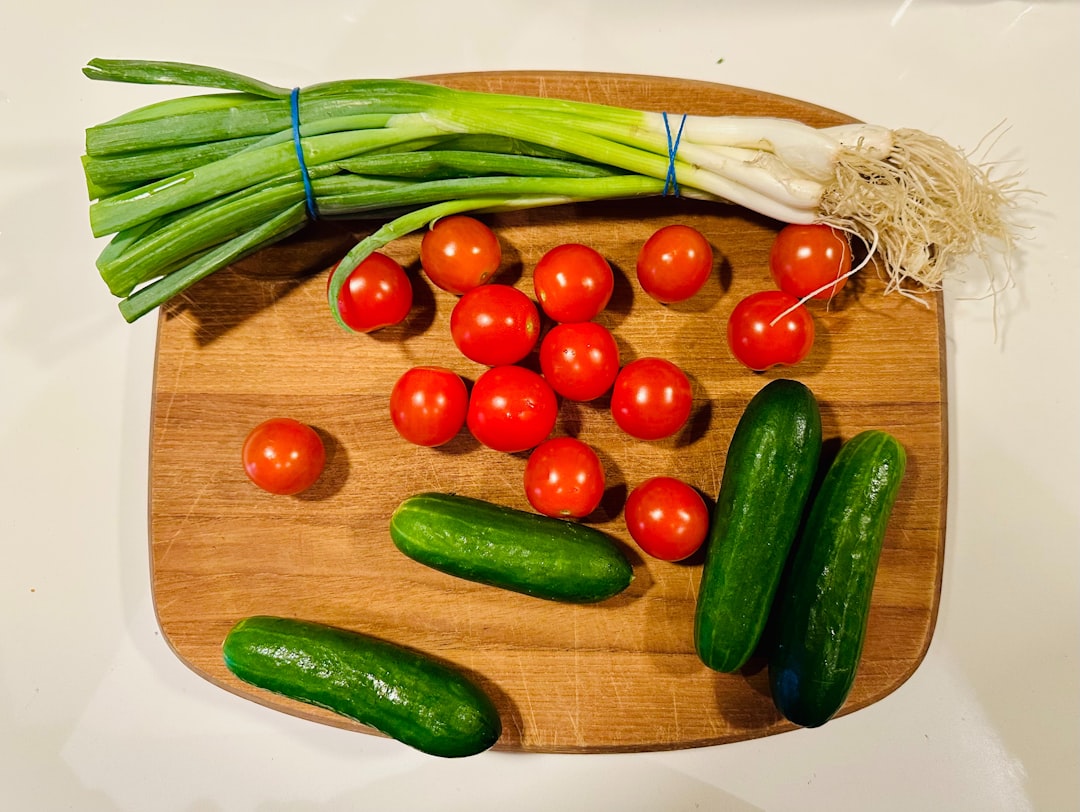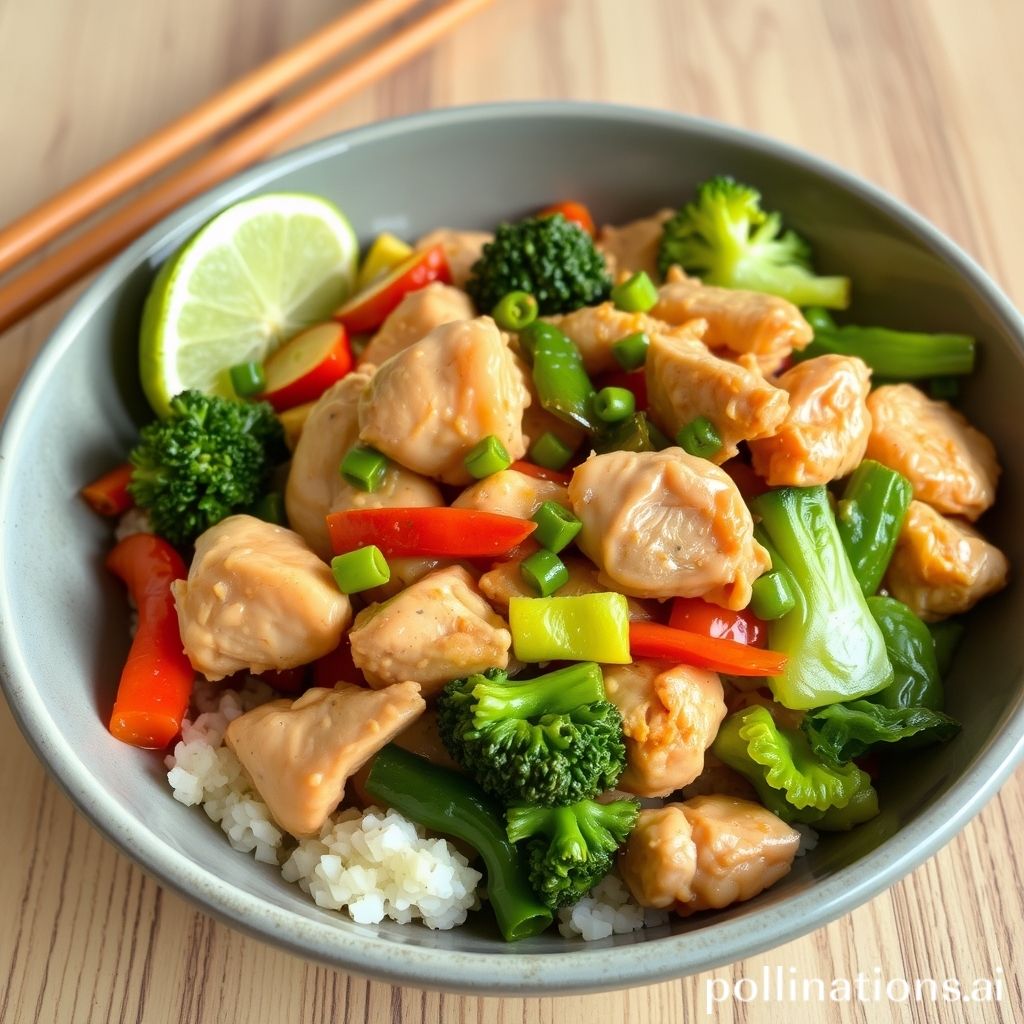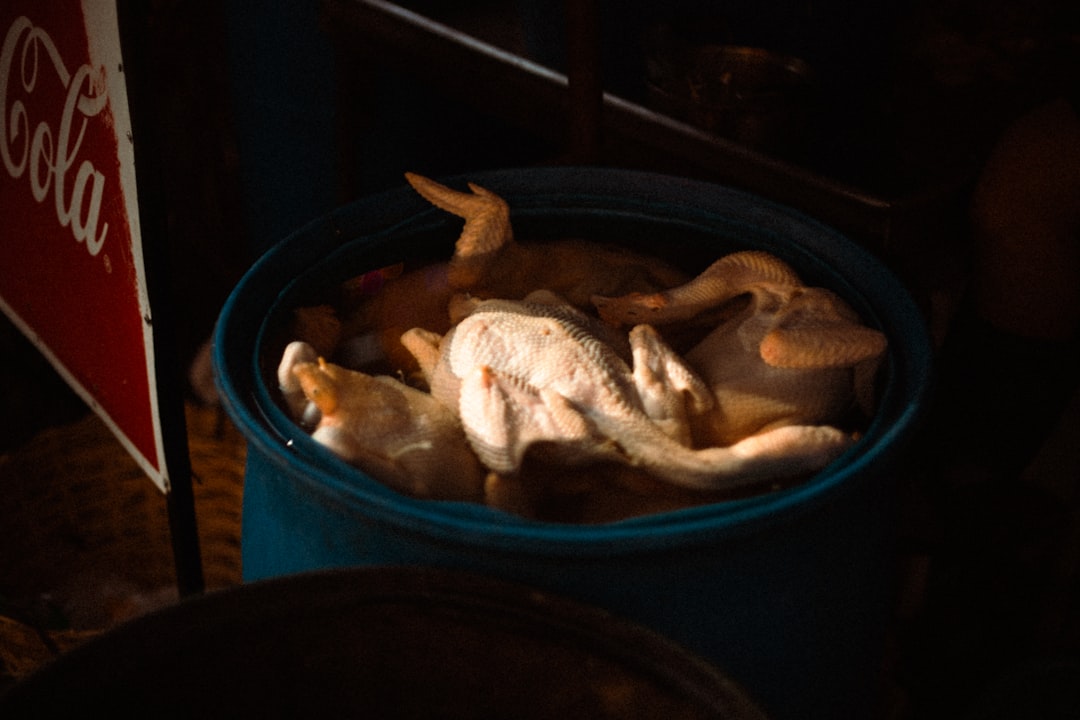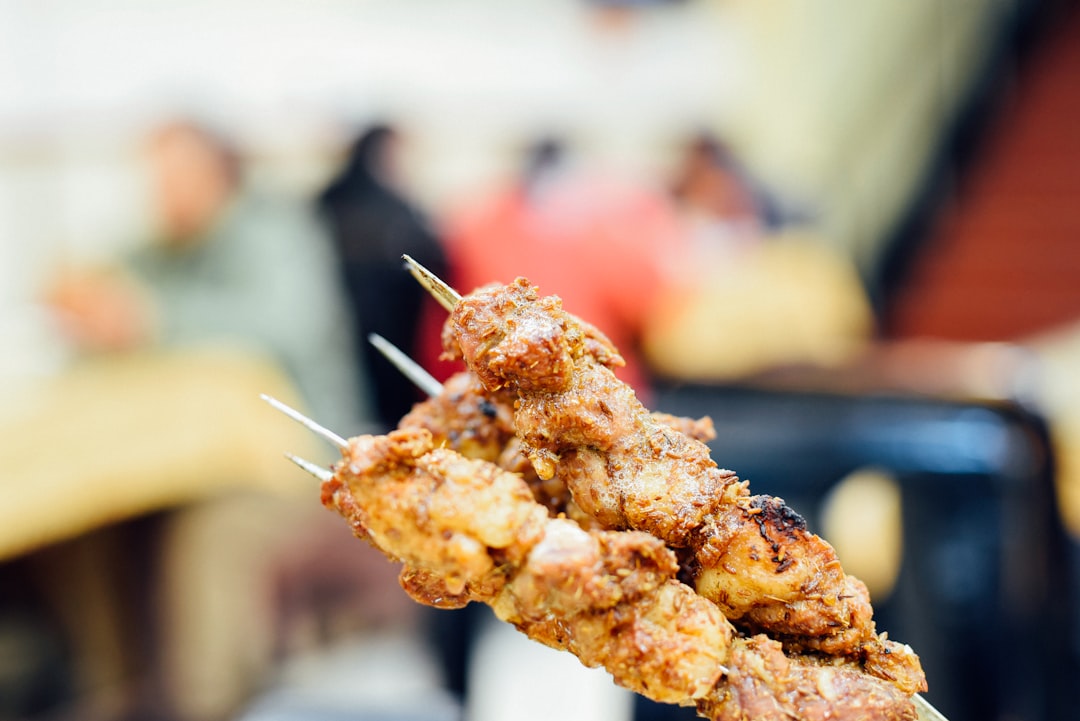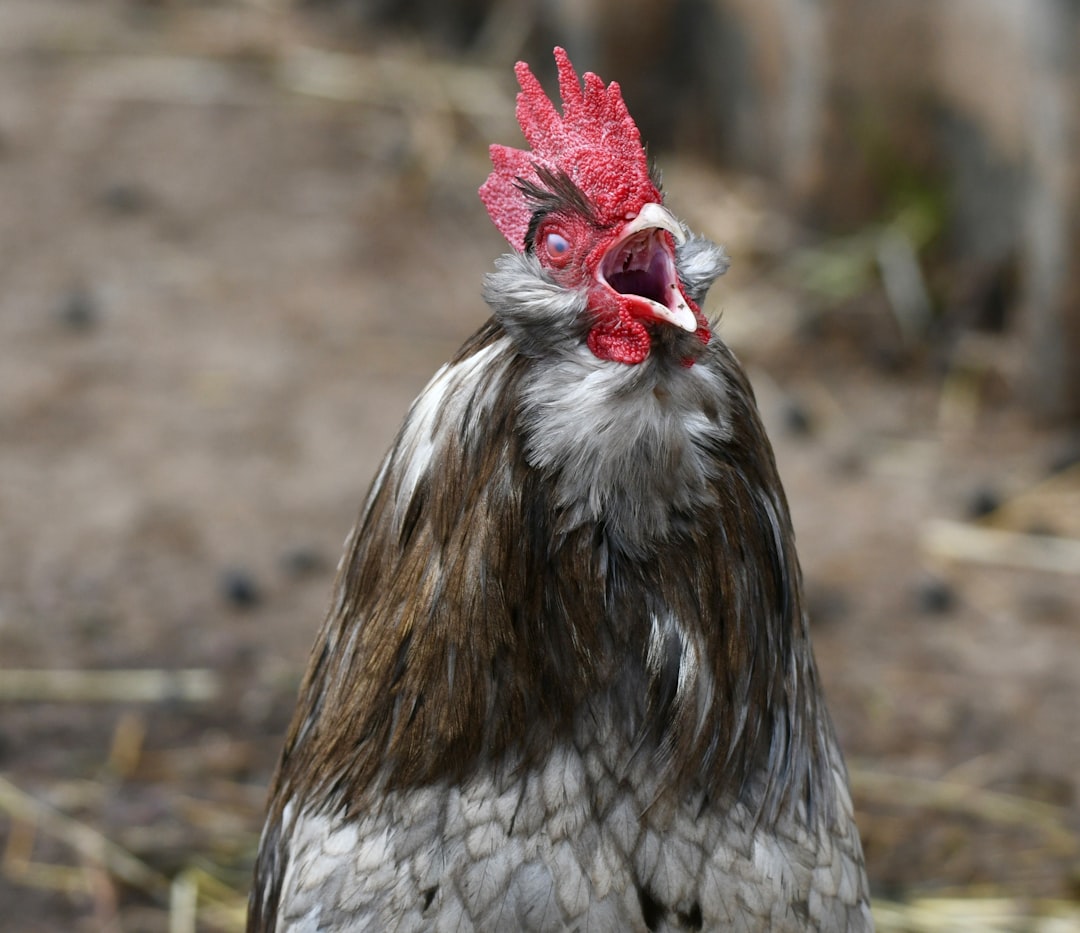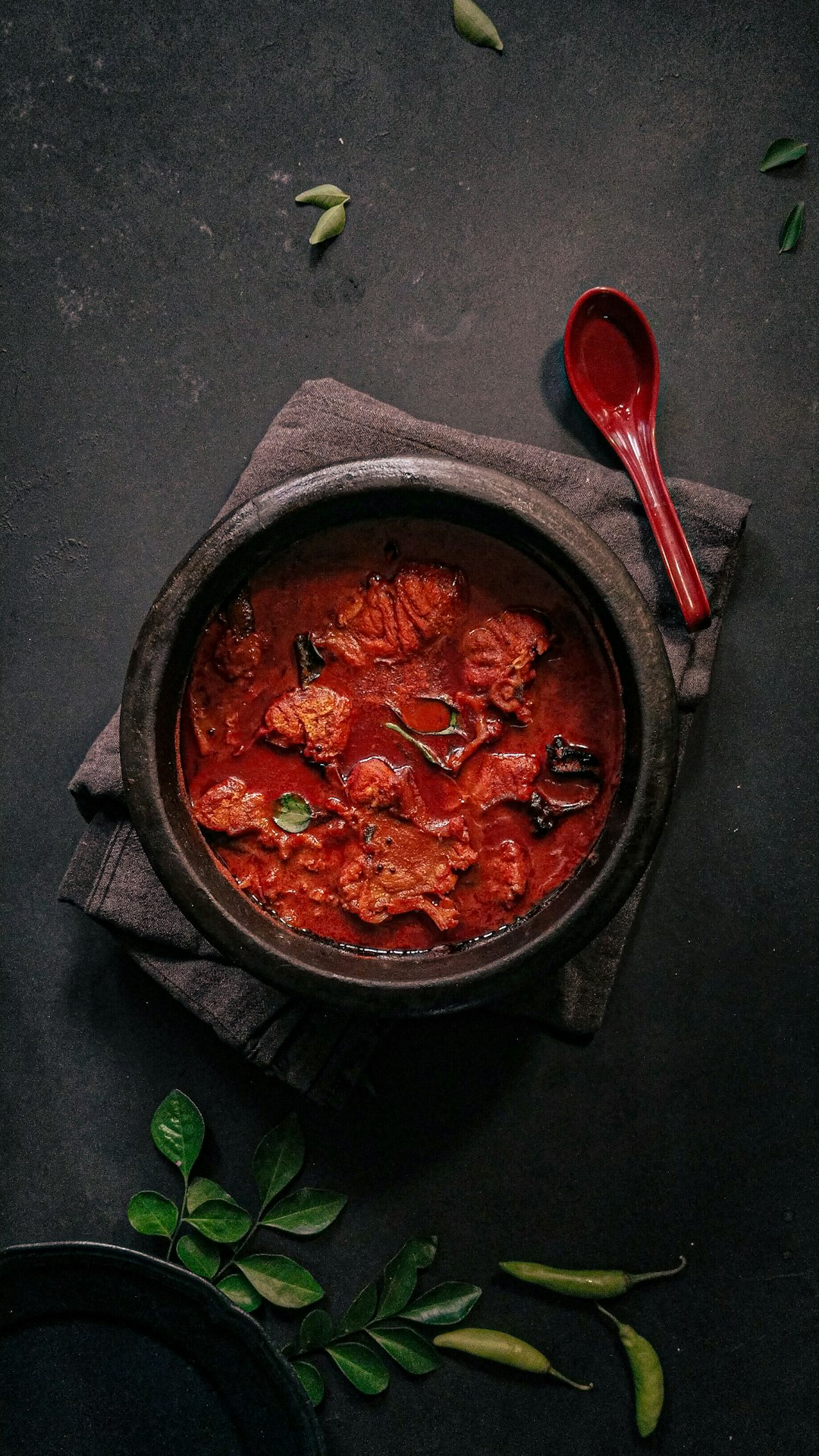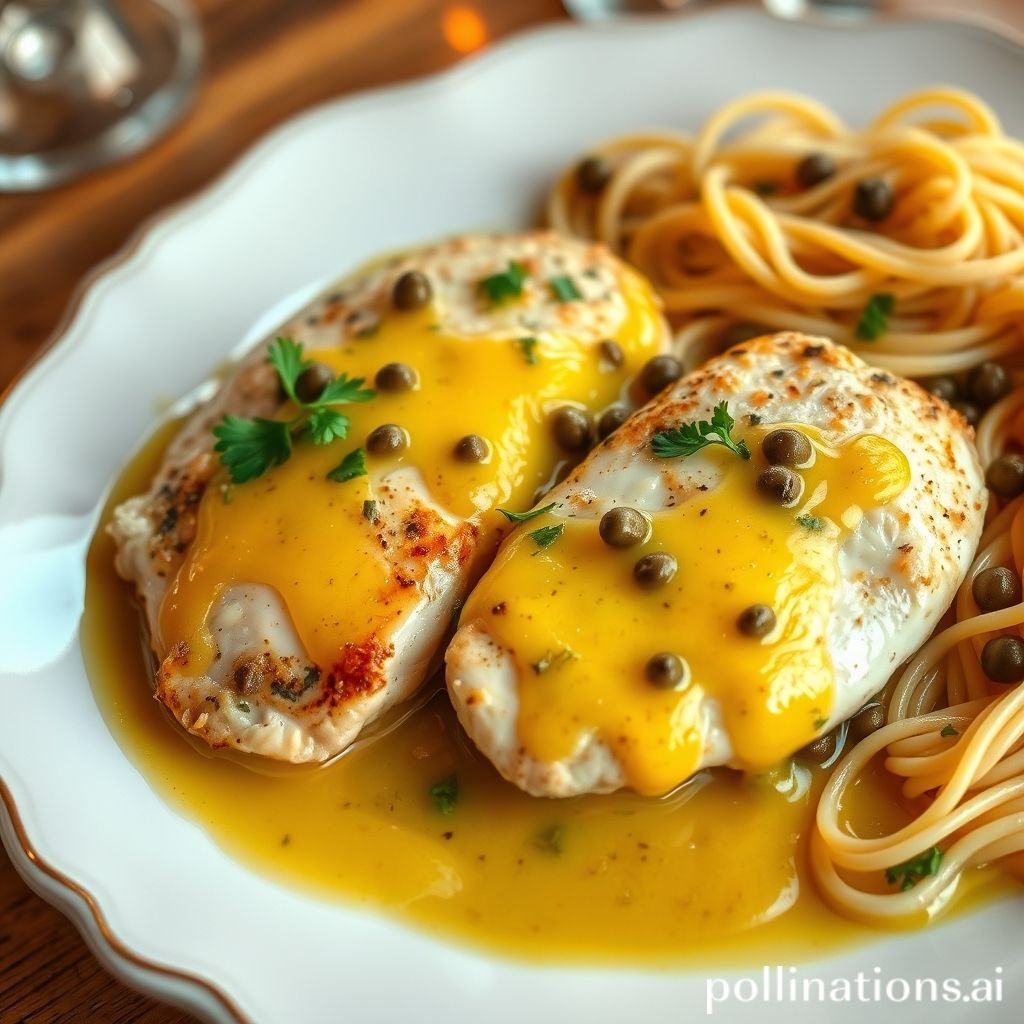Table of Contents
- Introduction
- Ingredients and preparation of Creamy Garlic Parmesan Chicken
- Choosing the best chicken cuts for Creamy Garlic Parmesan Chicken
- Cooking techniques for a perfectly creamy sauce
- Pairing sides with Creamy Garlic Parmesan Chicken
- Tips for enhancing the flavor with fresh herbs
- Substitutions and variations to suit dietary preferences
- Nutritional benefits of Creamy Garlic Parmesan Chicken
- Frequently asked questions and troubleshooting common issues
- Conclusion
- Frequently Asked Questions
Introduction
In the bustling world of culinary delights, few dishes can offer the comforting embrace of creamy garlic Parmesan chicken—a symphony of flavors that dances on your palate. Whether you’re a seasoned home cook or an enthusiastic novice, this recipe beckons you to explore its rich tapestry of ingredients and techniques. Imagine tender, juicy chicken breasts enveloped in a luscious, velvety sauce, kissed by the essence of garlic, and crowned with the unmistakable tang of Parmesan cheese.
Before we dive into the step-by-step journey of creating this masterpiece, let’s introduce you to the cast of ingredients that make this dish an unforgettable experience:
Ingredients:
- 4 boneless, skinless chicken breasts
- Salt and pepper, to taste
- 2 tablespoons olive oil
- 1 cup heavy cream
- 3 cloves garlic, minced
- 1 cup grated Parmesan cheese
- 1 teaspoon Italian seasoning
- 1 tablespoon chopped parsley, for garnish
Ingredients and preparation of Creamy Garlic Parmesan Chicken
Creamy Garlic Parmesan Chicken is a delightful dish that combines tender chicken with a rich, savory sauce. To make this recipe, you’ll need the following ingredients: boneless, skinless chicken breasts, freshly grated Parmesan cheese, minced garlic, heavy cream, butter, chicken broth, Italian seasoning, salt, and pepper. For an extra touch, consider adding fresh parsley for garnish and a sprinkle of red pepper flakes for a bit of heat.
To prepare, start by seasoning the chicken breasts with salt, pepper, and Italian seasoning. Heat a skillet over medium heat, melt the butter, and cook the chicken breasts until golden brown on both sides. Remove the chicken from the skillet and set it aside. In the same skillet, add minced garlic and sauté until fragrant. Pour in the chicken broth and bring it to a simmer, scraping up any flavorful bits from the bottom of the pan.
Next, slowly stir in the heavy cream and add the grated Parmesan cheese, continuously stirring until the cheese melts and the sauce thickens. Return the chicken to the skillet, coating it well with the creamy sauce. Let it simmer until the chicken is cooked through, ensuring it’s juicy and flavorful. Serve hot with a garnish of fresh parsley.
Choosing the best chicken cuts for Creamy Garlic Parmesan Chicken
Choosing the right chicken cuts can significantly influence the flavor and texture of your Creamy Garlic Parmesan Chicken. While there are several options available, each brings a unique characteristic to the dish.
Boneless, skinless chicken breasts are a popular choice due to their tender texture and quick cooking time. They absorb the creamy garlic parmesan sauce well, making each bite flavorful. However, they can dry out if overcooked, so careful attention is needed during the cooking process.
On the other hand, chicken thighs, either boneless or bone-in, offer a juicier and more robust flavor. The higher fat content in thighs allows them to stay moist and succulent, creating a richer taste profile. Bone-in thighs can add extra depth of flavor to the sauce, but they may require a longer cooking time to ensure the meat is fully cooked.
Additionally, consider using chicken tenderloins for a balance of tenderness and ease of cooking. They’re smaller, cook quickly, and are perfectly suited for a creamy sauce. Ultimately, the choice depends on personal preference, but knowing these characteristics can help you create a delectable Creamy Garlic Parmesan Chicken tailored to your taste.
Cooking techniques for a perfectly creamy sauce
Creating a perfectly creamy garlic parmesan sauce involves several essential techniques to ensure a rich and smooth texture. The first step is to select quality ingredients; always use freshly grated parmesan cheese and fresh garlic for the best flavor. Begin by lightly sautéing minced garlic in butter, allowing it to become fragrant without burning. This foundation will infuse the sauce with savory notes.
Next, incorporate a thickening agent such as flour or cornstarch to achieve the desired consistency. Gradually whisk in heavy cream, stirring continuously to prevent lumps and ensure a velvety texture. Slow, steady stirring while maintaining medium heat helps to prevent the sauce from separating or becoming too thick.
Seasoning is key; salt, pepper, and a hint of nutmeg can enhance the flavors without overpowering the delicate balance of garlic and parmesan. For added depth, you can deglaze the pan with a splash of white wine before introducing the cheese. Finally, fold in freshly grated parmesan a little at a time, allowing it to melt completely for a luscious finish. By following these techniques, your creamy garlic parmesan chicken will have a sauce that complements it perfectly, adding gourmet flair to your dish.
Pairing sides with Creamy Garlic Parmesan Chicken
Pairing sides with Creamy Garlic Parmesan Chicken can elevate your dining experience, making this delectable dish even more memorable. Since the chicken is rich and flavorful, consider balancing the meal with lighter and refreshing sides. A crisp green salad tossed with a light vinaigrette not only adds a burst of color to your plate but also provides a tangy contrast to the creamy chicken.
A garlic-infused rice pilaf complements the dish wonderfully as it absorbs the delightful sauce, enhancing every bite. Alternatively, you might choose some lightly sautéed green beans or asparagus, seasoned simply with lemon juice and a pinch of salt to keep the focus on the chicken.
For those who prefer heartier sides, roasted or mashed potatoes can be an excellent choice. The creamy texture of mashed potatoes melds beautifully with the sauce, offering a comforting combo. Meanwhile, roasted potatoes can add a touch of crispy texture that contrasts nicely with the creamy chicken.
Ultimately, the key is to choose sides that complement the richness of the Creamy Garlic Parmesan Chicken, ensuring a balanced and satisfying meal.
Tips for enhancing the flavor with fresh herbs
Enhancing the flavor of Creamy Garlic Parmesan Chicken can be achieved by incorporating fresh herbs into the dish, providing a burst of freshness and complexity. Start by using herbs such as parsley, basil, or thyme. Parsley offers a mild, peppery taste that complements the creamy sauce, while basil adds a sweet and aromatic note, deepening the dish’s flavor profile.
Consider using thyme for a subtle earthiness that pairs well with garlic and parmesan. For best results, add chopped herbs during the cooking process to allow the flavors to meld. However, reserve a portion to sprinkle over the dish just before serving to retain their vibrant color and fresh aroma.
Another tip is to create a herb-infused oil by gently heating olive oil with a handful of your chosen herbs before cooking the chicken. This enhances the fragrance and subtly infuses the meat with herbal flavors.
Incorporating fresh herbs not only elevates the taste but also enhances the presentation, offering visual appeal with a pop of green against the creamy backdrop. Experiment with different combinations to find the perfect balance that suits your palate.
Substitutions and variations to suit dietary preferences
For those looking to enjoy Creamy Garlic Parmesan Chicken while adhering to specific dietary preferences, several substitutions and variations can be considered. If you are aiming for a lighter version, you can substitute heavy cream with half-and-half or a non-dairy alternative like coconut milk, though this may slightly alter the flavor profile. For a gluten-free option, ensure to use gluten-free flour or cornstarch for thickening the sauce instead of regular flour. Those following a vegetarian diet can swap chicken with hearty vegetables like mushrooms, cauliflower, or chickpeas.
For a dairy-free option, replace Parmesan cheese with nutritional yeast to maintain that delightful cheesy flavor without the dairy content. Additionally, using olive oil or a plant-based butter alternative can provide similar richness to that of traditional butter. Experiment with different herbs and spices such as thyme, rosemary, or basil to infuse additional flavor layers tailored to your taste.
These substitutions not only cater to dietary needs but also encourage creativity in the kitchen, allowing every individual to partake in a delicious meal that suits their lifestyle.
Nutritional benefits of Creamy Garlic Parmesan Chicken
Creamy Garlic Parmesan Chicken is not only a delicious dish but also offers several nutritional benefits. At the heart of this dish is chicken, a lean source of protein that is essential for building and repairing tissues in the body. Protein also promotes satiety, helping to control hunger and manage weight. Additionally, the garlic in the dish provides numerous health benefits, including boosting the immune system and acting as a natural antioxidant, which may help in reducing oxidative stress and inflammation.
The Parmesan cheese in the recipe is a great source of calcium, which is crucial for maintaining strong bones and teeth. It also adds a unique umami flavor that enhances the overall taste of the dish. The cream used in the sauce provides a source of healthy fats, which are essential for the absorption of fat-soluble vitamins and contribute to maintaining healthy skin. While it is important to enjoy Creamy Garlic Parmesan Chicken in moderation due to its calorie content, the dish can be a part of a balanced diet when paired with vegetables and whole grains.
Frequently asked questions and troubleshooting common issues
When preparing Creamy Garlic Parmesan Chicken, one common issue is that the sauce can become too thick or lumpy. To avoid this, ensure you are using low heat when making the sauce and gradually add the parmesan cheese while stirring constantly. If the sauce thickens too much, you can stir in a little additional cream or milk to achieve the desired consistency.
Another frequent concern is the chicken not being cooked evenly. To address this, it’s important to pound the chicken breasts to an even thickness before cooking. This ensures they cook uniformly, preventing the outside from burning while the inside remains undercooked.
Some might find that the garlic flavor is overpowering. If this is an issue, you can reduce the amount of garlic used or opt for roasting the garlic beforehand to mellow the flavor. Additionally, fresh garlic can be replaced with garlic powder for a milder taste.
A final tip is to pay attention to seasoning. Taste your sauce before serving and adjust salt and pepper levels to enhance the overall flavor of the dish.
Conclusion
In conclusion, the Creamy Garlic Parmesan Chicken provides a delightful culinary experience that’s both rich in flavor and versatile in preparation. Whether you opt for using chicken breasts, thighs, or tenderloins, the creamy sauce enhances each bite, making it a standout dish for any occasion. This recipe allows room for creativity, whether you choose to enrich the flavor with fresh herbs or adapt it to suit various dietary preferences. Paired with the right sides, this dish becomes a hearty and satisfying meal that promises to impress. To further expand your repertoire of chicken recipes, consider diving into the culinary treasure trove offered by The Chicken Bible: Say Goodbye to Boring Chicken with 500 Recipes for Easy Dinners, Braises, Wings, Stir-Fries, and So Much More. With 500 tantalizing recipes, this book offers endless possibilities to explore new flavors and techniques in chicken cooking. Don’t miss out on elevating your home-cooked meals—purchase your copy today and transform your chicken dishes from ordinary to extraordinary.

